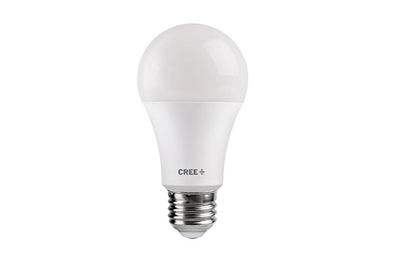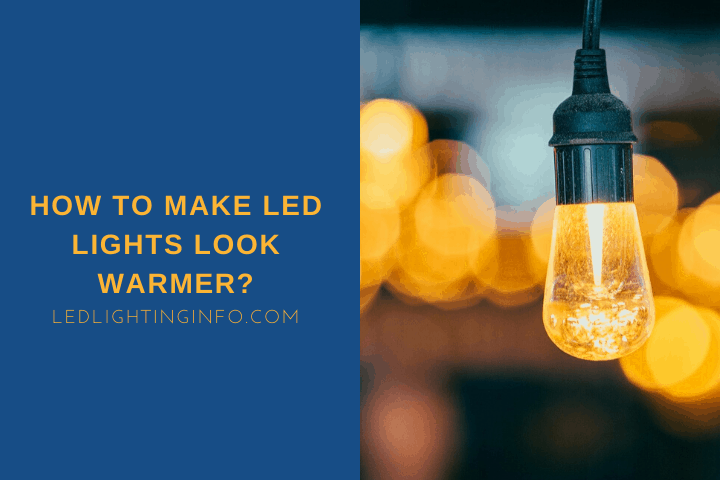

It’s also done to illuminate a scene that’s supposed to take place at night. This is to give the image a slightly reddish hue that they believe makes them look better and healthier.Ĭinematographers will record daylight with their cameras set to 3200K in order to achieve what’s called “night for day.” This is done when a crew must shoot an exterior night scene during the day. Many vloggers will set their camera to a white balance slightly cooler than their lights. There are also interesting things that filmmakers can do by setting a camera’s white balance to something different than the color temperature of the lighting. This means a digital camera is capable of having its white balance altered to several points along the spectrum of color temperatures. On modern digital cameras, film has been replaced by the camera’s sensor as the means of recording images. Incandescent bulbs usually use a tungsten filament that would glow and provide light. One is 5600K, or daylight, and the other is 3200K, or tungsten.įilm balanced for daylight, or 5600K, would be used for exterior scenes or interior scenes that have a lot of daylight coming in through windows.įilm balanced to tungsten, or 3200K, would be used for scenes shot inside a studio.

There were two industry standards for the white balance of film. Light at the color temperature of a film’s white balance would show up as white, and warmer light would show up with a reddish hue, and cooler light would show up with a bluish hue. This is known as the film’s white balance. That film had to be manufactured so that a specific color temperature would show up on on that film as white. An overcast day, which is very blue or cool, is about 6500K.īefore cameras were digital, cameras would record images on physical film. This color temperature is measured in Kelvin, and the lower it is the redder it is while the higher it is the bluer it is.Ī candle, which is very red or warm, is about 1850K. Basically, color temperature is how warm (red) or cool (blue) the light is. Light has what’s called a color temperature. Moderators are not experts in everything so we do not always moderate for accuracy, though there are often one or two people wearing their smarty pants in the comments. Lastly, always check the comments for guides. If you do we may remove some of your posts in the interest of keeping a wide array of topics. Please help keep the sub diverse by not saturating the sub with one topic. Many of you might have whole folders of guides, but they are all on similar topics. If you know the source of your guide, post it in the comments so people can know the true heros! This includes guides describing the creation of dangerous items/materials and/or guides that are designed with the purpose to harm or hurt others do not fit the culture of this sub and will be removed. Guides depicting harmful, dangerous, or destructive content will be removed. Guides must use either Reddit or Imgur as an image hostĥ. Nonserious/Comedy Guides Will Be Removed (better suited for /r/shittycoolguides)Ĥ. Please only post direct links to images of type. If you have questions message us, if you think a post is not a good one downvote it.ġ.
Difference between led warm light and daylight mod#
These are the considerations the mod team use when they feel it is appropriate to remove posts. Sometimes infographics can masquerade as how-to guides. If your guide is more of a visual essay than a structured table or list, then chances are that is an infographic. Flow charts and step-by-step guides are considered guides, so are visual references that line up different types of something next to one another other.Īn infographic is more educational in layout and content, finding something specific on an infographic is not as easy because it is designed to inform through more narrative structures. Guides are typically laid out in a grid configuration of some sort or sectioned into multiple tables by a category or step of a process. On top of that not all guides are created equal, many technically qualify as guides, but lack substance. If someone has to visually bop around your guide to find what they are looking for, the guide does not pass the layout test. The layout or structure of a guide must be that so, when someone is trying to find/reference information from the guide, they can do so logically or simply.


It takes both content and layout to make something a guide. Guides are reference materials, how-tos, and/or comparison tables.


 0 kommentar(er)
0 kommentar(er)
